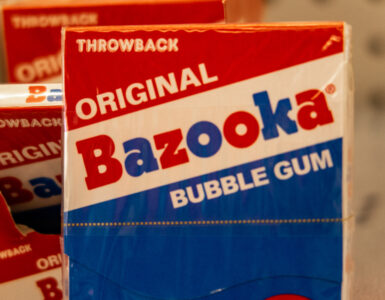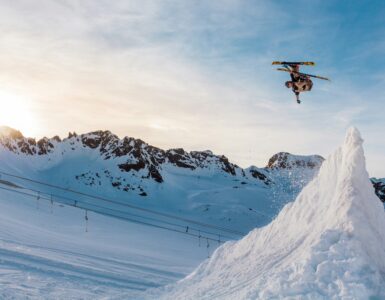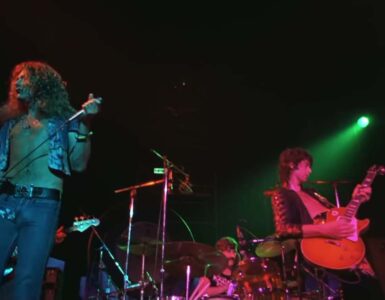Road trip, anyone? Arguably the most famous road in the U.S is Route 66, one of the original highways in the United States Numbered Highway System. It was established on Nov. 11, 1926, and ran from Chicago through Missouri, Kansas, Oklahoma, Texas, New Mexico, and Arizona before ending in Santa Monica, CA. It covered a total of 2,448 miles and was a primary route for those migrating west, especially during the Dust Bowl of the 1930s. During its heyday, Route 66 supported the economies of the communities it passed through, and though you can no longer drive the entire original route as it once was, there are still portions of the road that boast a number of historic sites, old time diners, and quirky roadside attractions. In fact, 250+ of the stops are listed on the National Register of Historic Places. In this article, we’ll discuss numerous of the highlights you can visit along the historic route of Route 66.
Gateway Arch/St. Louis, Missouri
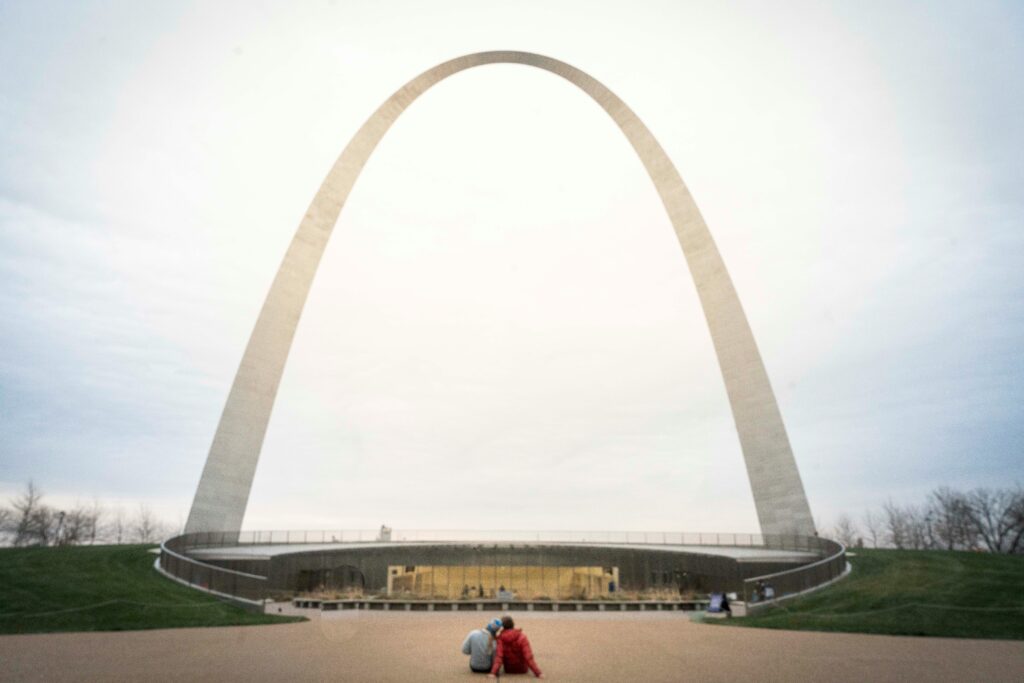
There’s probably not a more recognizable sight in the Midwest than the Gateway Arch. It is a monument honoring Thomas Jefferson and his ideas about westward expansion. Reaching 630 feet at its highest point, it is the tallest arch in the world; the tallest artificial monument in the U.S; and Missouri’s tallest accessible structure. It is a popular tourist attraction and the centerpiece of the city’s Gateway National Park. Visitors can take a tram to the top of the arch for panoramic views of St. Louis.
Santa Monica Pier/Santa Monica, California
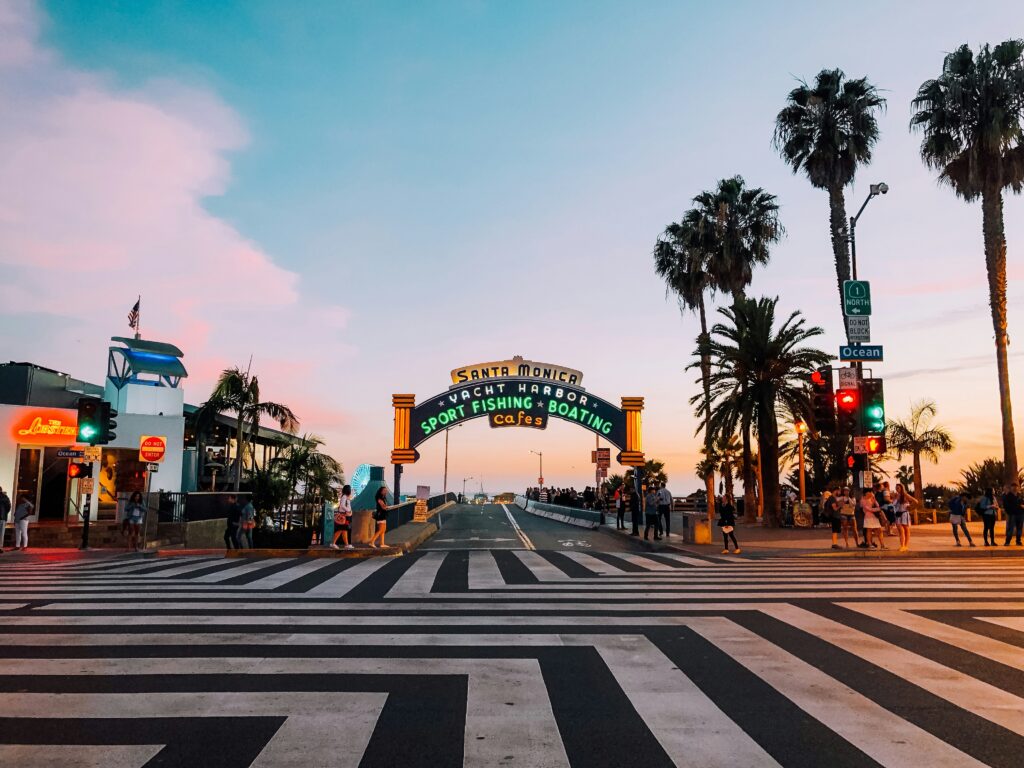
At the base of Colorado Blvd. in Santa Monica, the landmark Santa Monica Pier opened to the public on September 9, 1909, and became the first concrete pier on the West Coast at the time. It took sixteen months to construct the 1600-foot-long structure, and it eventually became the western termination point of Route 66. Today’s version of the Pier is one of the many things to do in Santa Monica – along with over a century of history it is packed with family-friendly activities including a small amusement park, restaurants, concession stands, street performers, retail shops, fishing spots, and viewing areas with stunning panoramas of the Pacific Ocean.
Petrified Forest National Park/Arizona
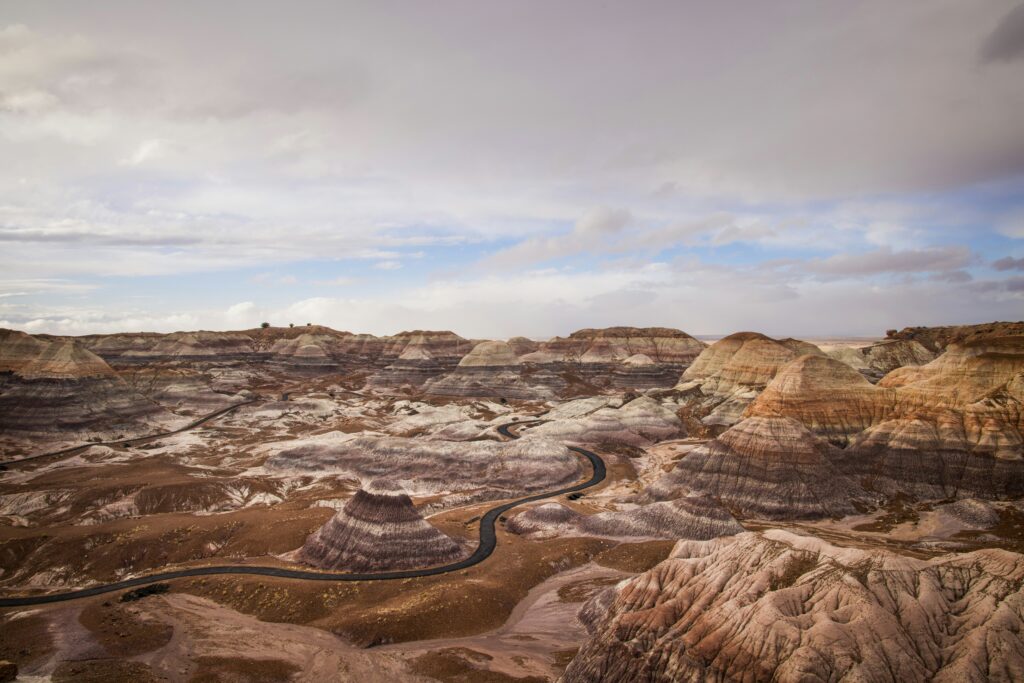
Located in Northeastern Arizona, the Petrified Forest is named for its large deposits of petrified wood. The park encompasses approximately 346 square miles, with its northern boundary extending into the Painted Desert with its highly eroded and colorful badlands. The Forest is known for its fossils, mainly fallen trees that lived in the Late Triassic Period approximately 225 million years ago. The petrified forest was formed when the wood from its trees was gradually replaced by minerals, turning it into stone through a process called petrification. This process occurs when trees are buried rapidly under volcanic ash or sediment, limiting oxygen exposure and preventing decay. Over time, water seeps into the wood and the organic material is replaced by minerals, preserving the wood’s structure in stone. The park can be enjoyed by foot on one of the many hiking trails; by car; on a bike; or even by horseback – bring your own horse!
Abraham Lincoln Presidential Library and Museum/Springfield, Illinois
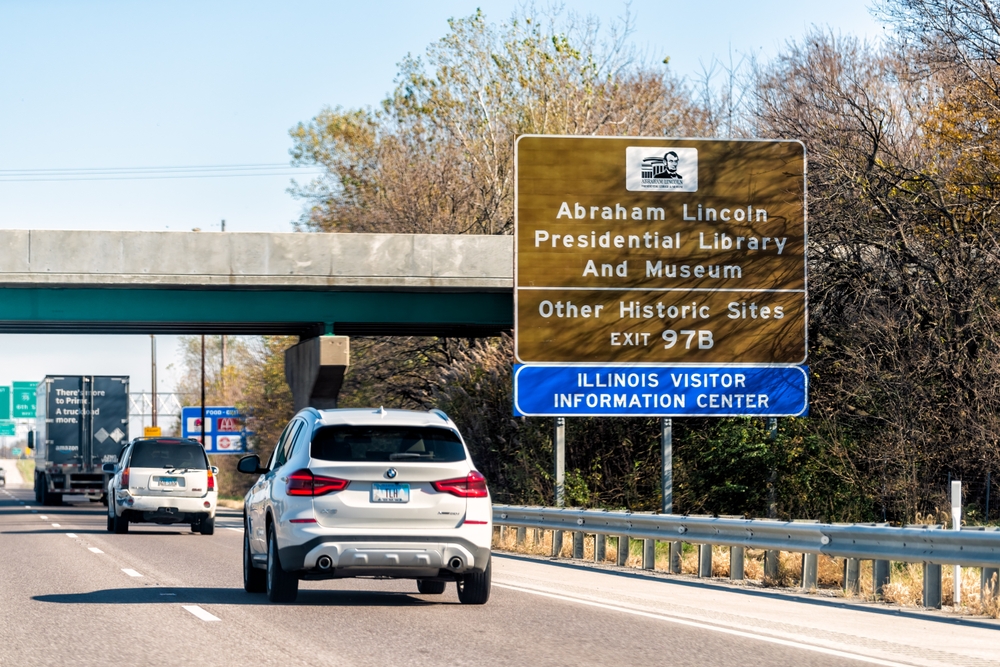
Documenting the life of the 16th U.S. President and the American Civil War, this museum is one of the most visited presidential libraries. It contains photos, artifacts, and other memorabilia from Lincoln’s life including a pair of his glasses, a shaving mirror, Mary Todd Lincoln’s music box and pieces of her White House china, her wedding dress, and original handwritten items by Lincoln including the Gettysburg Address, and the Emancipation Proclamation. The museum houses full-sized dioramas of Lincoln’s boyhood home, certain rooms of the White House, and the presidential box at Ford’s Theatre. This is a must-see stop for history buffs and those interested in the life and times of Abraham Lincoln.
Meramec Caverns/Stanton, Missouri

In existence for the past 400 million years, these caverns were formed from the underground erosion of large limestone deposits. Pre-Columbian, Native American artifacts have been discovered from the time when local tribes used the cavern system for shelter. During the 18th century the cave was used for extracting minerals used for the manufacture of gunpowder, and, according to local legend, outlaw Jesse James and his brother Frank used the caves as a hideout in the 1870s. Noted attractions on different levels of the cavern system include the Wine Room, the Mirror Room, and the Ballroom, all of which offer different sizes and types of interesting rock formations.
Meteor Crater/near Winslow, Arizona
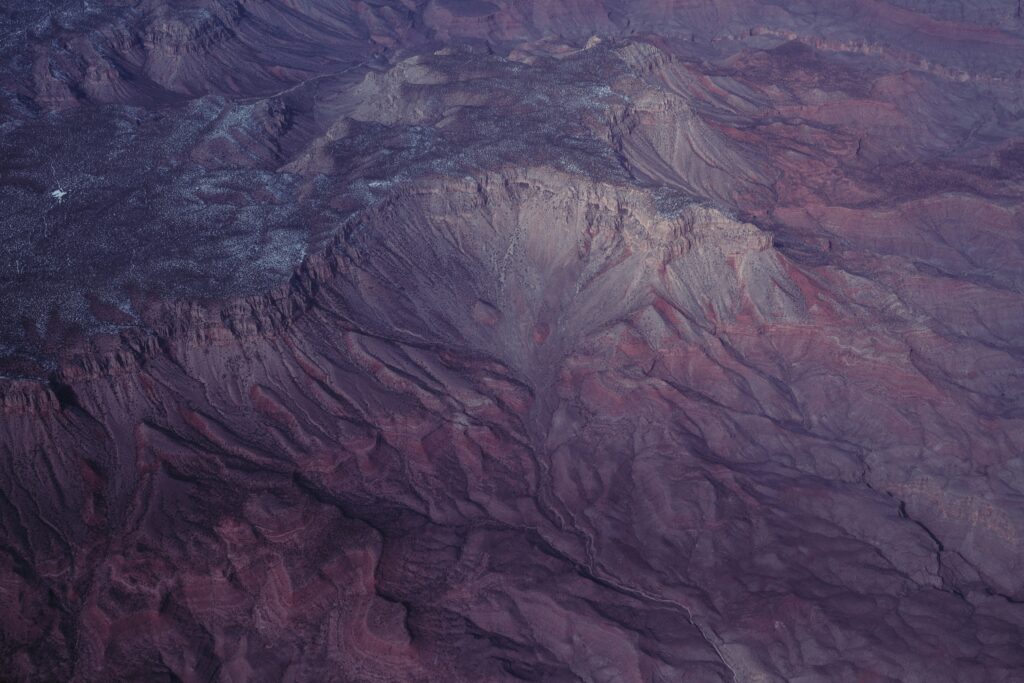
An impact crater that is about 3900 feet in diameter, approximately 560 feet deep, and surrounded by a rim that rises 148 feet above the surrounding plains, this crater was formed some 50,000 years ago during the Pleistocene Era. The meteorite that formed the crater was a nickel-iron rock about 160 feet wide that struck the earth at somewhere between 29,000 and 45,000 miles per hour. It was mostly vaporized upon impact, leaving few remains in the crater. The American Museum of Natural History, and the Lunar and Planetary Institute (as well as other science institutes) proclaim this site to be the “best-preserved meteorite crater on Earth.” It was designated a National Natural Landmark in November 1967.
Cadillac Ranch/Amarillo, Texas
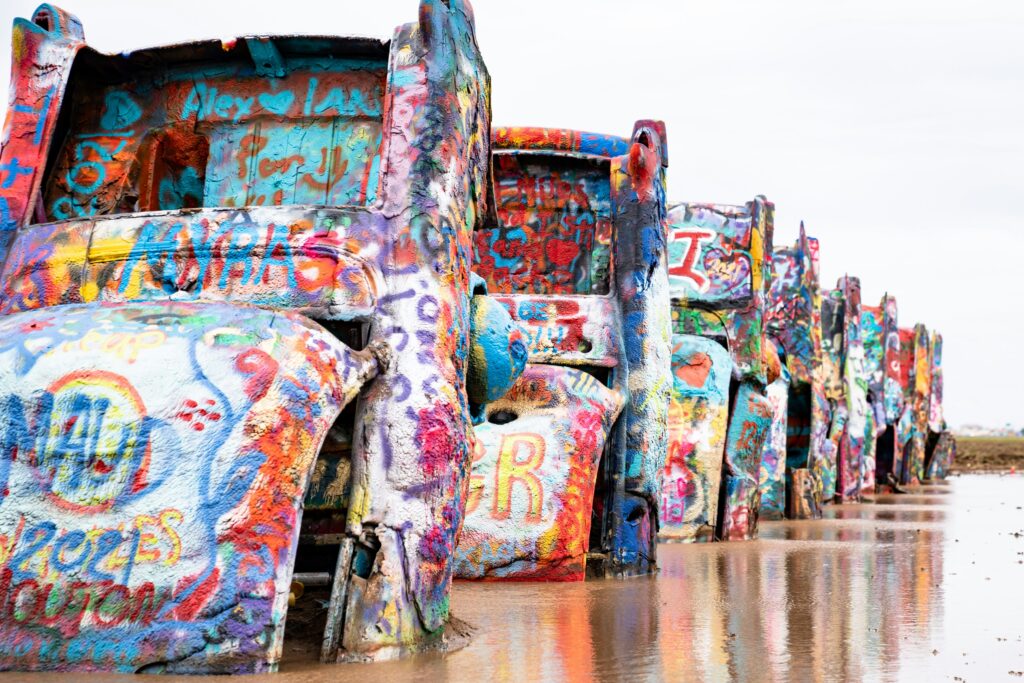
An “art” installation that features 10 Cadillacs buried nose-first in the ground, this exhibit is a tribute to the evolution of the short-lived but iconic Cadillac tail fin. It was created in 1974 by art-hippies from San Francisco calling themselves The Ant Farm, with funding from eccentric Amarillo millionaire Stanley Marsh 3. Stanley wanted a piece of public art that would baffle locals and the hippies came up with ten caddies driven into one of Marsh’s fields, half-buried, nose-down at a 60-degree angle. The Cadillacs have now been in the ground as art far longer than they were on the road as cars. Over time the installation has evolved into an interactive public art piece, with visitors driving by on old Route 66 adding layers of graffiti and paint to the cars.
Town of Seligman/Arizona
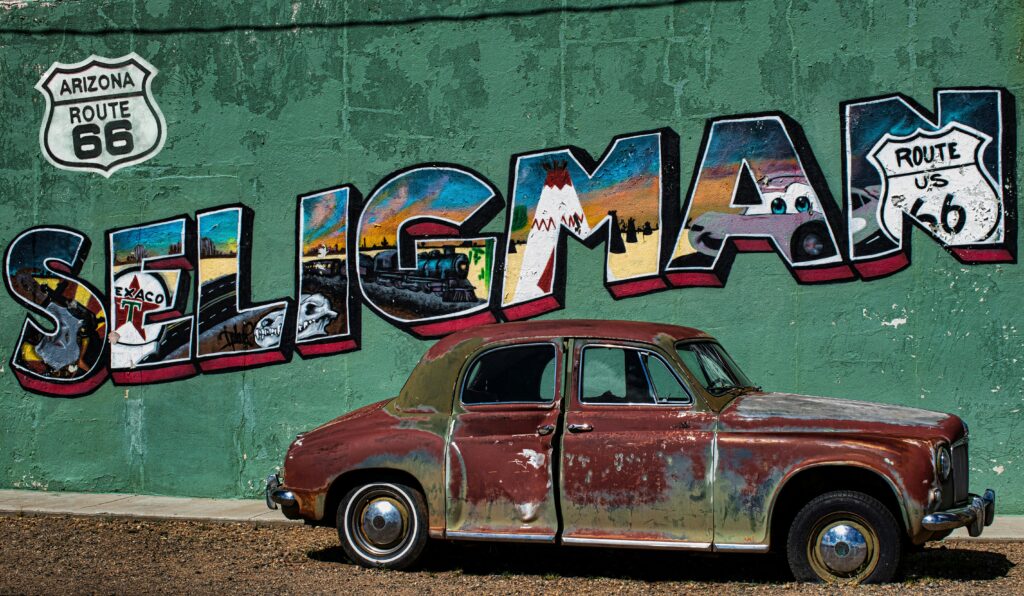
Between Flagstaff and Kingman in Northern Arizona, this old-time town preserves the Americana of days gone by at the beginning of the drive that is the longest remaining stretch of Route 66. Seligman embraces yesteryear with quirky stops and gift shops that sell items like classic Coca-Cola memorabilia, old license plates, records and albums from the 50s and 60s, and old road signs. Spend the night at 66 Canyon Lodge Motel – an historic Route 66 motel with themed rooms paying tribute to John Wayne, Marilyn Monroe, Elvis, and Harley Davison. Radiator Springs – the fictional town from Pixar’s movie “Cars” – was inspired by Seligman and the nearby town of Peach Springs. Look for hints of the film around town, including a pastel-colored Volkswagen bug (like Fillmore) in front of The Motorporium, and a toothy truck in front of The Historic Seligman Sundries store.
Town of Oatman/Arizona

Nestled in the northwest corner of Arizona’s remote and rugged wilderness, this little town’s Wild West and mining history comes to life with wooden sidewalks, staged shootouts, and burros that roam freely through town. These small donkeys are descendants of the long-ago miners’ beasts of burden. They wander along the main street and stick their heads through the rails of the wood-plank sidewalks, delighting visitors and nudging people for treats. History buffs can learn about Oatman’s mining boom days at the Oatman Hotel, which houses a museum on the second floor – including the Clark Gable/Carole Lombard honeymoon suite.
The National Route 66 Museum/Elk City, Oklahoma
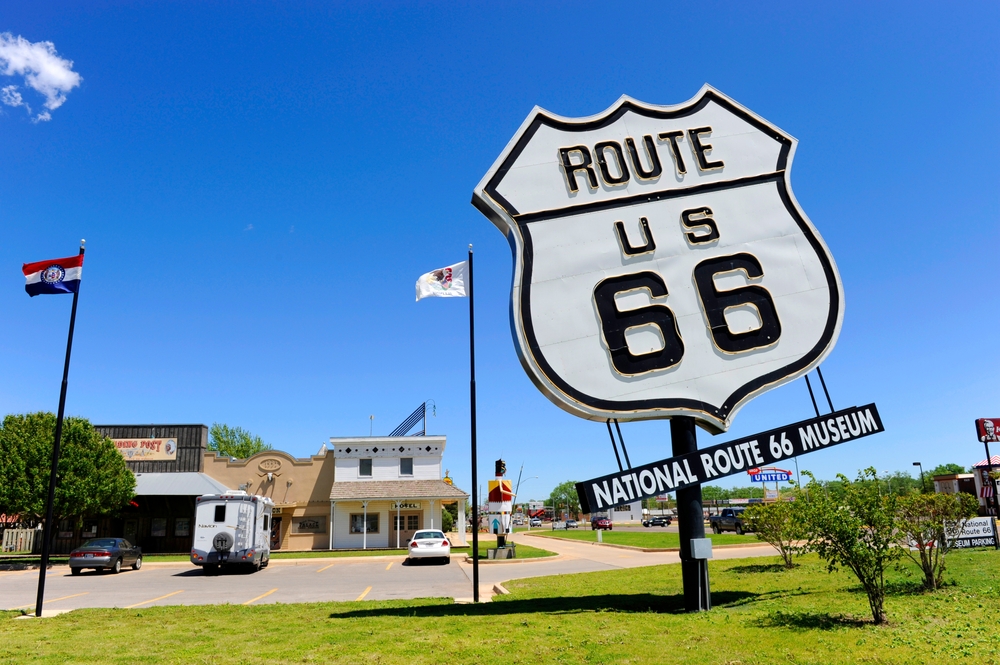
This museum focuses on the people who worked, lived, and traveled the “Mother Road” and offers visitors a classic walk through all eight states that Route 66 passed through. It is highlighted by realistic murals and vignettes that depict by-gone eras of the road and the interesting places that made it famous. Overhead audio kiosks offer personal accounts and recorded histories of the road as you wander through the Museum.

